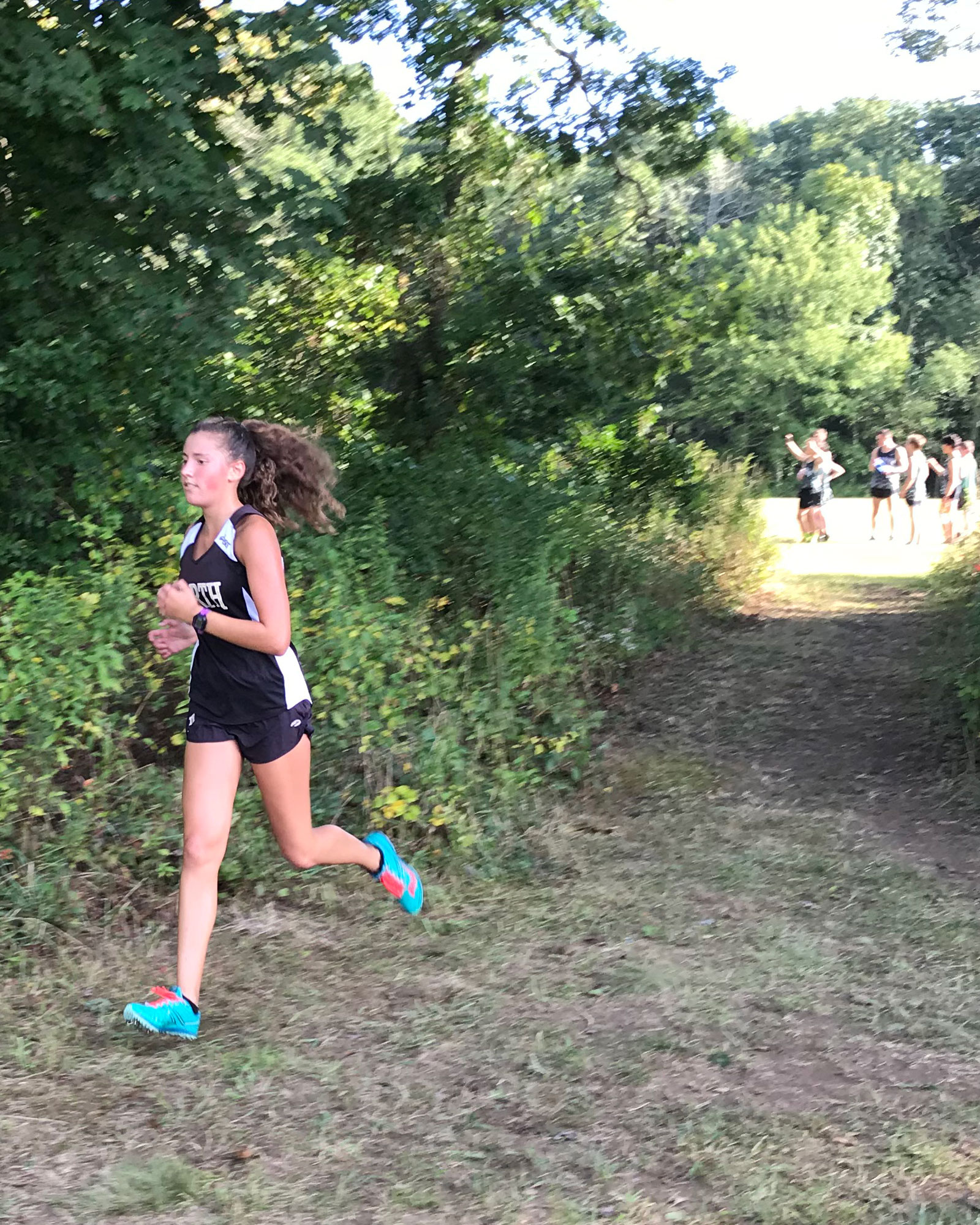At Specialized Orthopedic Physical Therapy, we do more than just treat sports injuries. You see, all of our PTs are athletes themselves, so they understand intimately what is at stake for your high school and collegiate athlete.
Every athlete wants to get back into the game to support his or her teammates, to compete for scholarships and championships, to be scouted by the pros. So we get you into the office immediately following your injury so we can diagnose and prescribe the right treatment as quickly as possible for a speedy recovery.
While every athlete wants to jump back in as quickly as possible, we know that the top priority is long-term physical health. A few glory years on the field are not worth a lifetime of chronic pain and injuries. This is why we take the time to talk with you and your child, athlete to athlete, about the important decisions that need to be made regarding the injury, treatment, and continued play.
As long-time athletes, we know what the strains look like over the decades. This makes us particularly well-suited to help your child understand both the immediate and the long-term impact of the injury on his or her future health and well-being. We prescribe a PT regimen with the goal of establishing a lifetime of healthy physical activity.
Running injuries are common not only to track runners and marathoners, but also to part-time and new runners, tough mudder competitors, weekend warriors, and they commonly occur when you either push yourself too hard or you run in bad conditions. However, they can also occur because of your own faulty running mechanics.


Remember, to see a physical therapist, you do NOT need to first see your PCP and receive a referral (unless your health insurance policy dictates otherwise). You have the right to see any PT you choose for treatment of your pain and injuries. Feel free to call our office and we can help you determine if a PCP referral is needed. (401) 384-6490